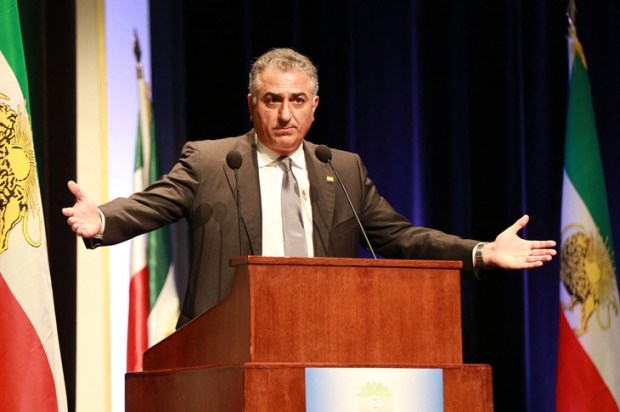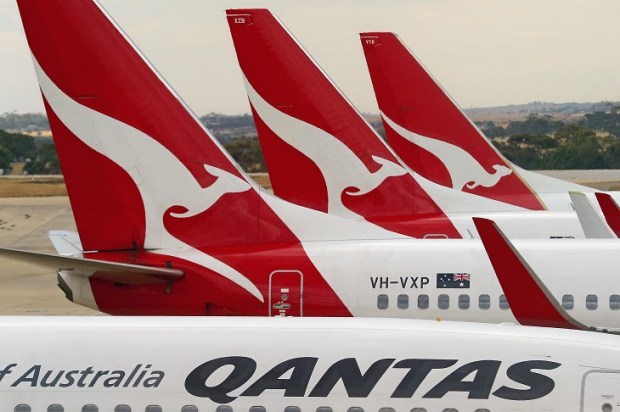Are rising housing prices putting the future of Australian society under threat?
Edmund Burke famously said that society was a partnership between ‘not only those who are living, but between those who are living, those who are dead, and those who are to be born’.
What would Burke, I wonder, make of the current housing market and if we were being good stewards for future generations?
Young Australians are increasingly being priced out of the property market, resulting in declining birth rates as families can no longer afford to have children or secure a stable home.
With the birth rate at 1.58 births per woman, this poses a serious problem for Australia’s future economic welfare, national security, and social fabric. Either we accept a declining population and economic output or we import hundreds of thousands of migrants from overseas, placing stress on our already stretched infrastructure and social fabric.
Neither option is sustainable.
Australia is clearly facing more than just a housing crisis. But what is the solution?
Release more land. Improve the application process. Improve infrastructure and services. Build more housing…?
The New South Wales state government and federal government have both done well to provide opportunities for people to attempt to enter the market with changes to the first home buyers grant and insurance scheme, stamp duty, and the new land tax system.
But the catalyst for the housing crisis is supply.
Everyone, from commentators to government officials, insist that the root cause is that housing supply has not kept up with demand. However, no tangible action has been taken to solve the problem.
The solution is deceptively simple: release more land, increase infrastructure and services, and build more social and affordable housing.
Local governments in New South Wales hold the key to the problem of land release.
With a growing ‘nimbyism’ in NSW Local Government Areas (LGA’s), we are finding ourselves in a situation where everyone agrees we need more development and more land available, but no local community wants the development in their backyard.
It is the duty of the NSW state government to take control of the land release programs and evenly distribute development across the city compared to only a handful of councils accepting the burden for the city.
This problem further escalates to the issue that the Development Applications are consistently rejected, delayed, and have to go through lengthy red tape and appeals to the NSW Land and Environment Court before approval. The average wait time in Sydney is 1 year 4 months and 10 days. This is time and money wasted by a government system tied up in red tape which further slows down the release of more supply of housing to the market.
Like most Liberals, I believe in wanting to support the free market. The market is wanting to introduce a further supply of housing; however, it is government bureaucracy that is the handbrake on further growth.
Infrastructure and services prior to 2011 were in crisis. Before the NSW Liberal Party were elected, the city’s infrastructure projects were cancelled and delayed – it was impossible to travel from one side of the city to the other in a timely manner.
While WestConnex, North Connex, Northwest Metro, Sydney Light Rail, and Parramatta Light Rail have begun easing the burden, there is still more to be done. It is untenable that to travel from Castle Hill to the City on a weekday morning for an 8:30am arrival takes an hour and 20 minutes by road plus an extra 20 minutes when avoiding tolls. It is still only just short of an hour via public transport. This is for a trip only 30km in distance.
We don’t want Sydney’s CBD to become overdeveloped, but to ease prices and make it more affordable and practical outside of the city. We need strong infrastructure projects to continue to reduce travel time by both road and public transport. We also need all of Sydney to be connected, especially as Parramatta and Penrith continue to grow as Secondary Cities.
To ease prices across the city, we need strong connectivity.
One of the most common problems people are finding when trying to enter the market is they don’t have the ability to save for a 20 per cent housing deposit.
Labor’s policies involve the development of 30,000 affordable and social housing, of which 20,000 will be public housing. Further, the Labor party has developed a scheme to build 1 million new homes within the next 5 years, unveiled in the October budget, utilising both private and public cooperation to achieve such a goal.
While seemingly lofty, 985,000 homes were built over the previous five years.
The creation of more Social and Affordable Housing through shared private-public partnership schemes, as seen in recent times, frees up the ability for not only more supply added by private housing but also more public housing available for those who need it.
It is a cost-efficient solution, in which the government makes a profit on development with the assistance of private investment but creates mixed housing communities which is good for social progress.
The more people subsidised to live in private rental properties who are moved into mixed social housing, the more it will ease the rapidly rising prices of rent in Sydney. This will help incentivise people to save for a housing deposit rather than spend a large proportion of their income on ever-rising rent.
We can secure both Burke’s generational principles and give younger Australians a good start in the housing market. But it begins with releasing more land, improving the application process, enhancing infrastructure and services, and building more housing.

























